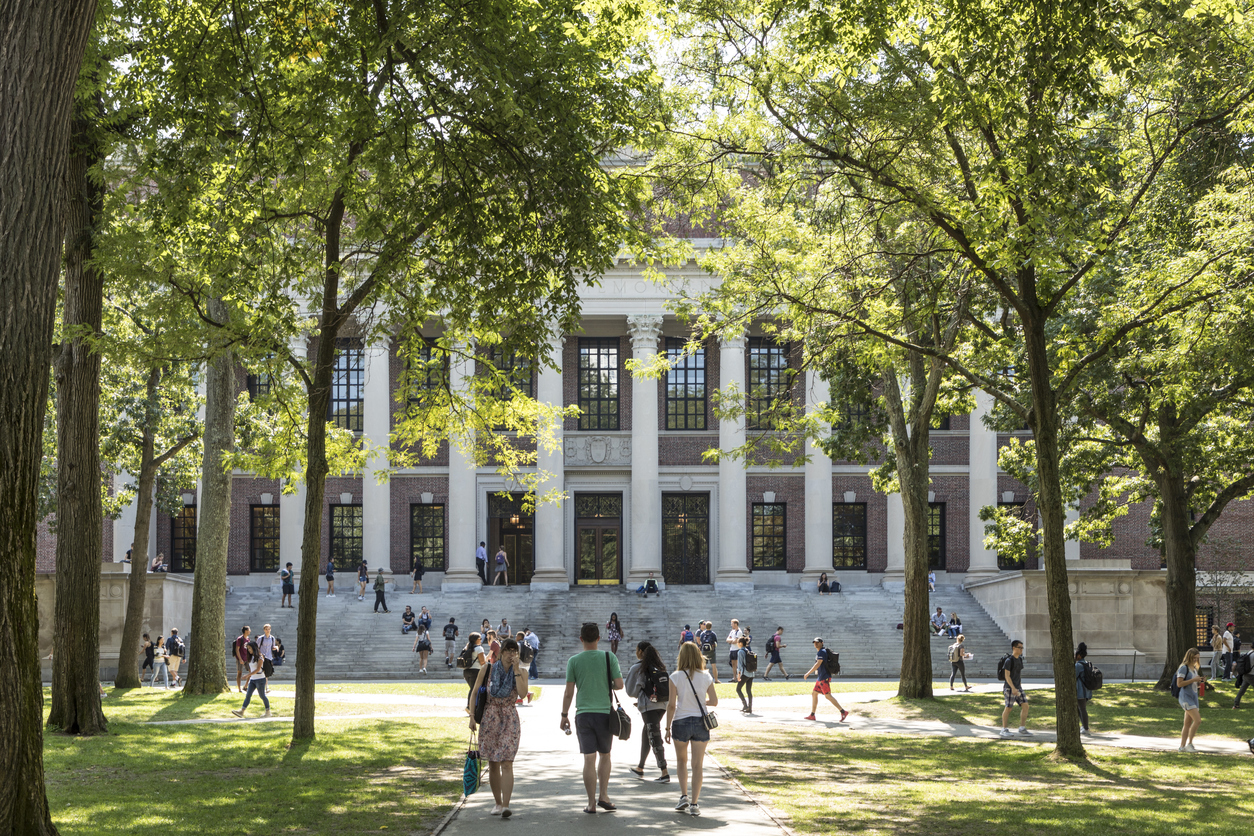- SERVICES
- HIGHER EDUCATION MARKETING
- ENGAGEMENT & ENROLLMENT MANAGEMENT
- STUDENT RECRUITMENT AGENCIES
- PROFESSIONAL EDUCATION & TRAINING
- WHO WE ARE
WHO WE ARE
Learn more about Keystone Education Group, including our leadership structure, why choose Keystone as your educational partner, and company press releases.
QUICK LINKS
- RESOURCES
RESOURCES
Find a range of helpful resources to help with your educational marketing. From on-demand webinars, reports & data, to customer testimonials and our downloadable media kit.
QUICK LINKS
- NEWS
- REQUEST A CALL

How can the H-1B visa change affect international student recruitment?
4 min read
|- Keystone Higher Education News
- How can the H-1B visa change affect international student recruitment?
Table of contents
In September of this year, the United States government announced that the H-1B visa fee, which is what employers have to pay when submitting an H-1B visa application for a new employee, will be raised to $100,000.
But how does this new rule affect international students looking to work in the United States after they graduate?
What is the H-1B visa?
The H-1B visa is a non-immigrant visa that allows foreign citizens to work in the United States, as long as they’re employed in what the government calls a specialty occupation. The US government defines a specialty occupation as something that requires:
- Theoretical and practical application of specialised knowledge, and
- A bachelor’s degree or higher in that specific specialty.
There can be some exceptions to the rule. For example, several years of previous work experience can sometimes be considered equivalent to a higher education degree. But all cases must be fully justified by the employer.
An employer needs to apply for the H-1B visa on behalf of the employee, and pay wages equal to those of US workers in similar roles.
Do international students need H-1B visas?
The H-1B visa is a very popular option for international graduates in the United States, but it’s not the only one. It’s also capped at between 65,000 and 85,000 recipients each year, meaning not everyone can get one.
An option that many international students looking to find work in the United States tend to choose is OPT. Short for Optional Practical Training, OPT is an uncapped program open to all F-1 visa holders, with no restrictions on the type of work they might want to take on, unlike the specialised work required for an H-1B visa. During the most recent academic year, over 294,000 students in the United States were on OPT.
What are the government changes to the H-1B visa fee?
On 19 September, the United States government announced that they would be raising the H-1B visa processing fee to $100,000 for each application made from 21 September onwards. Before the change, the H-1B visa fee usually cost employers anywhere between $2,000 and $5,000, depending on the nature of the application, the employer and the employee.
The announcement, however, was unclear on whether this change applied only to new H-1B visa applications, current H-1B visa holders who might be looking at an extension or to applicants transferring from other visas (such as the F-1 student visa).
This uncertainty caused widespread concern, particularly with H-1B visa holders from India, who amount to over 70% of total H-1B visa holders. Many who had planned to return to India for a vacation or were currently visiting felt rushed to return to the US before the new visa change took effect.
Clarifications to the H-1B visa fee announcement and rising uncertainty
A few weeks later, the US government clarified that this hike in the processing fee only applied to new H-1B visa applications for applicants who are outside of the United States. This meant that both current H-1B visa holders and H-1B visa applicants currently inside of the US, would not be affected. It also meant the change excluded international students transferring from F-1 visas.
However, the sudden announcement, delay and quick changes created a lot of uncertainty. And some of that remains today, especially within the main demographic making use of this visa – Indian nationals.
Indian students uncertain about international study in the United States
Out of all Indian nationals in Keystone’s survey research, only 26% said that original announcement about the cost change for the H-1B visa had made no difference to their plans to study in the United States. That means a whopping 74% were now, in some capacity, reconsidering their chosen study destination.
Crucially, and perhaps counterintuitively, the numbers didn’t improve once the clarification was released. The percentage of Indian students stating they were much less likely to study in the United States dropped from 50% to 42% after the clarification was made, but 5% of those who initially said they were unaffected by the change were now feeling unsure of their choice.
All in all, that’s a 4% increase in uncertainty after international students from India were told the change wouldn’t affect them.
This could be a reflection of not just the impact of the changes to the fee themselves, but a growing feeling of overall insecurity towards the United States government’s decision-making.
What your international students in the United States need to know about changes to the H-1B visa
With 86% of prospective international students considering staying in the US for work after graduation, this change to the H-1B visa fee caused a lot of initial concern.
However, the main thing international students need to know about the change to the H-1B visa processing fee is that this fee likely won’t apply to them, if they apply from within the United States while still on a student visa. Currently, F-1 student visa transitions to H-1B visas are exempt from the new H-1B visa processing fee.
This means that any students looking to pursue a higher education degree in the United States and remain in the country to work in their chosen field of study after graduation can still do so, without their potential employer having to worry about a $100,000 processing fee.
Once they have their visa and begin working in the United States, they will still be able to visit their home country, and they won’t have to worry about this fee applying to any visa changes or extensions either.
Related Tags
Just For You
Top Picks
Higher Ed Chats Podcast
Listen to the latest episodes of our Higher Ed Chats Podcast. Hear from Higher Ed thought-leaders from around the world!
Watch on-demand:
State of Student Recruitment UK

Opportunities in a Shifting Landscape
Subscribe
to get the latest news and updates





